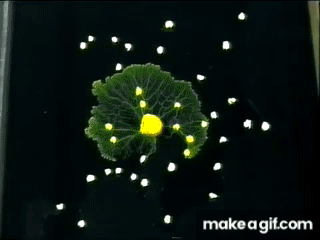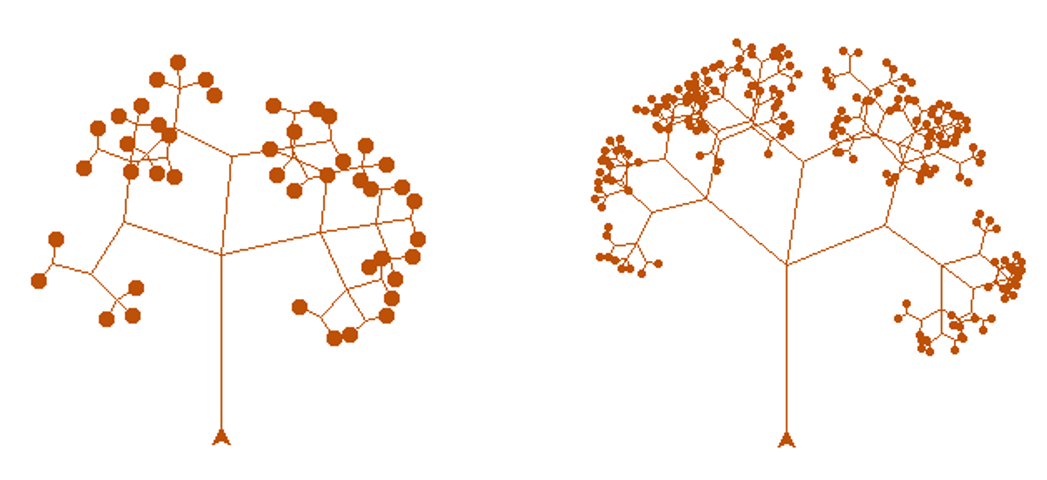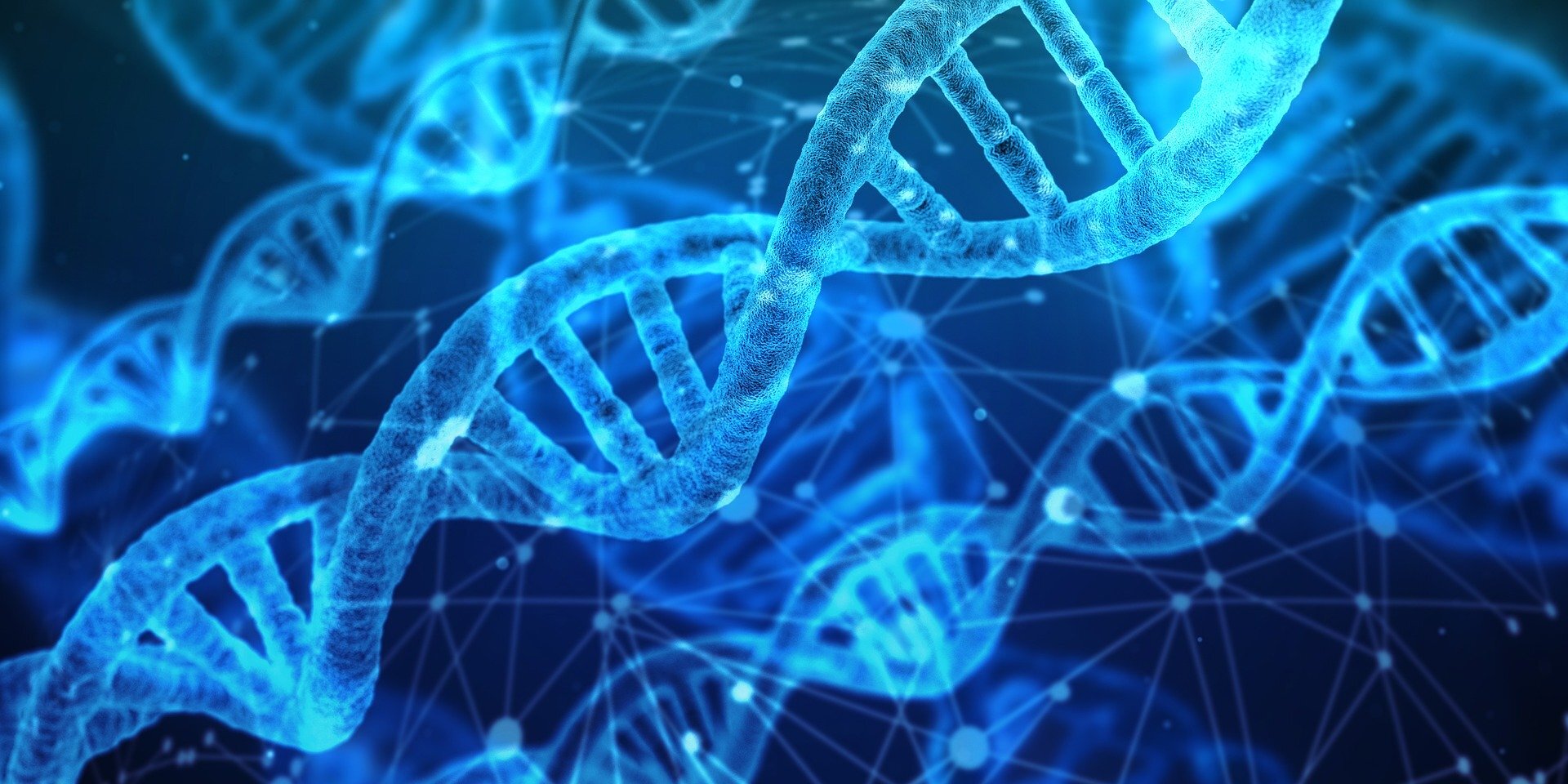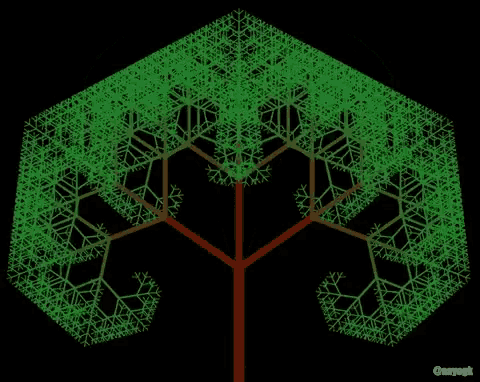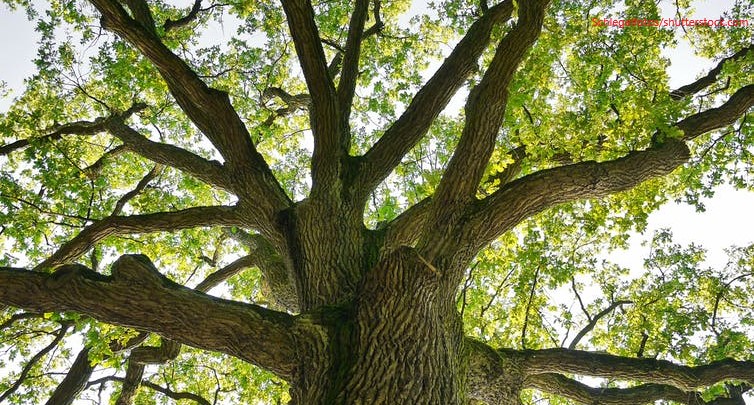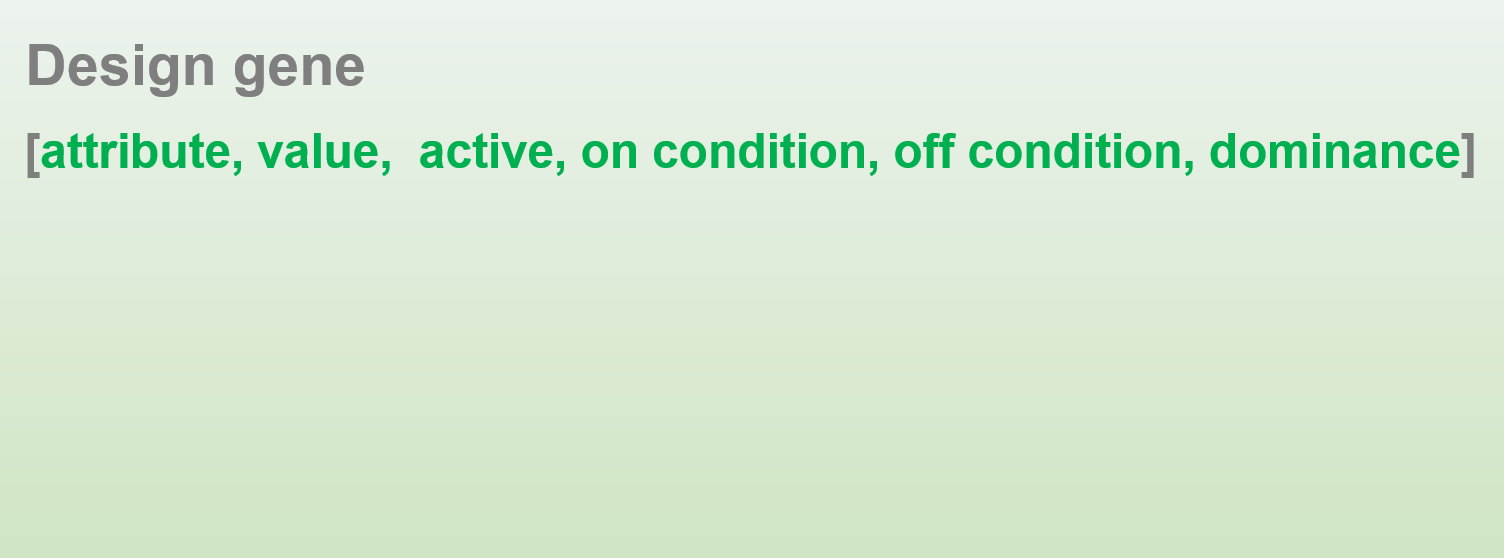-
Slime Mold
Read More >How does slime mold relate to Biohaviour? Nature is a very surprising and inspiring topic that never ceases to come up with new solutions to adapt to its environment. When we think of clever nature, we usually gravitate towards animals with their various hunting patterns and instincts which aid their survival in surprising ways. The […]
-
Predictive Non-Determinism
Read More >Nature is an extraordinarily complex system, with many different actions going on, all triggered by many different effects and information being fed into its system. This idea of a cause and an effect is known as determinism, where it is believed that for effect in a system there must be a cause. However, modelling every […]
-
Not quite Design Genes…
Read More >Our Design Series has presented the principles and implementation of design genes in the development of organisms within the Blind Watchmaker. In short, the phenotype, our organism, is a direct result of the design genes within the genome. As the functionality within our system grows so too does its complexity. What we are learning during […]
-
A Tree’s Intrinsic Rules can Dictate it’s Leaf Size
Read More >In nature we are aware of some of the environmental effects that dictate how a tree grows. These includes facts such as leaves growing towards the sunlight, roots towards water/nutrients and even how a prevailing wind can shape the tree branches. However, research has also shown that it is not only extrinsic effects which influence […]
-
Fractals
Read More >The fractal foundation describes fractals as “infinitely complex patterns that are self-similar across different scales. They are created by repeating a simple process over and over in an ongoing feedback loop.” (ref Fractal Foundation). Although the mathematical foundations of fractals were established long ago they came more to prominence when Mandelbrot published his work in […]
-
Developing Towards a Support
Read More >We now have the concept of design genes controlling the development of the organism and the theory of tropism from nature and its potential application in the Blind Watchmaker. If tropism is a response to a stimulus, can we use design genes as the basis for this response? And in particular, growth towards a support. […]
-
Design Genes – Genes to Organism: Growth in Blind Watchmaker
Read More >Growth in Blind Watchmaker So far in the Design Gene series we have covered what design genes are, the principles of design genes and how Biohaviour have structured their own design genes (see Part 1 & Part 2). Now in Part 3 we will investigate how these design genes are implemented to grow a viable […]
-
Branching
Read More >In nature trees branch to extend their leaf coverage in its quest for greater absorption of light for photosynthesis, energy and further growth. In the Blind Watchmaker System, we have researched the theory of tropism and phototropism is growth towards a light stimulus, facilitated greatly by the action of branching. Our theorised ‘stresstropism’ suggests that […]
-
Design Genes – Principles of Design Genes
Read More >What is a design gene? A quick recap from Part 1 in the series on Design Genes. Design genes act as instructions to allow structures to emerge during the process of design growth within a given engineering environment. Blind Watchmaker Consider the growth and development of a tree. A seed which contains the all genes […]
-
Research Challenges
Read More >Continuing innovation is essential to bring ever better solutions to market, improving productivity, health and wealth. Mass production of consumer products (such as iPhones & white goods) and the development of complex systems (such as aircraft) have become common, with a corresponding need for better design and manufacturing systems to ensure continued innovation and improvement. […]

